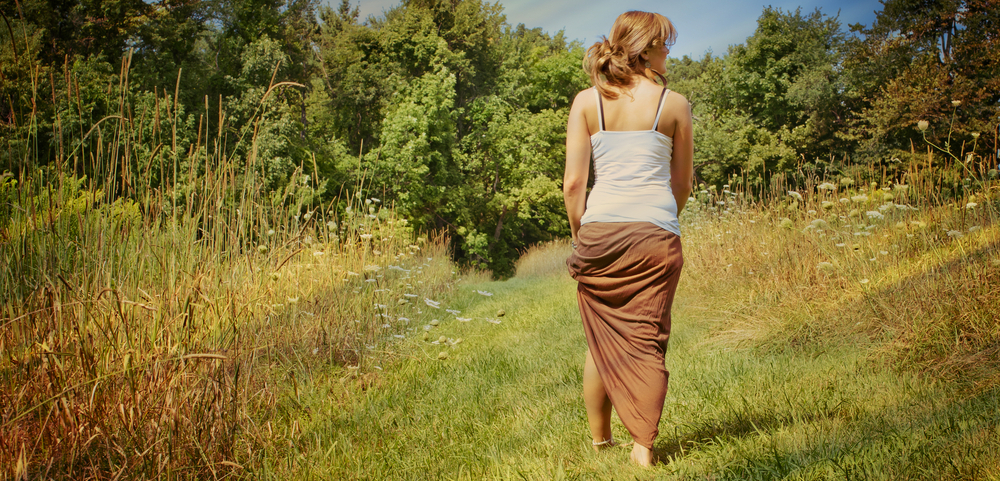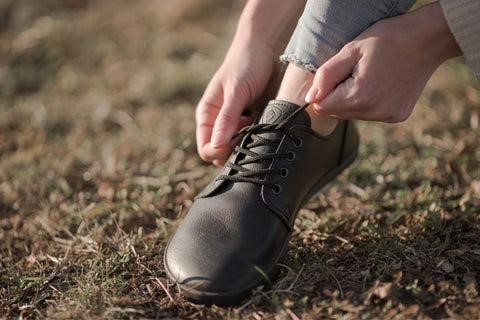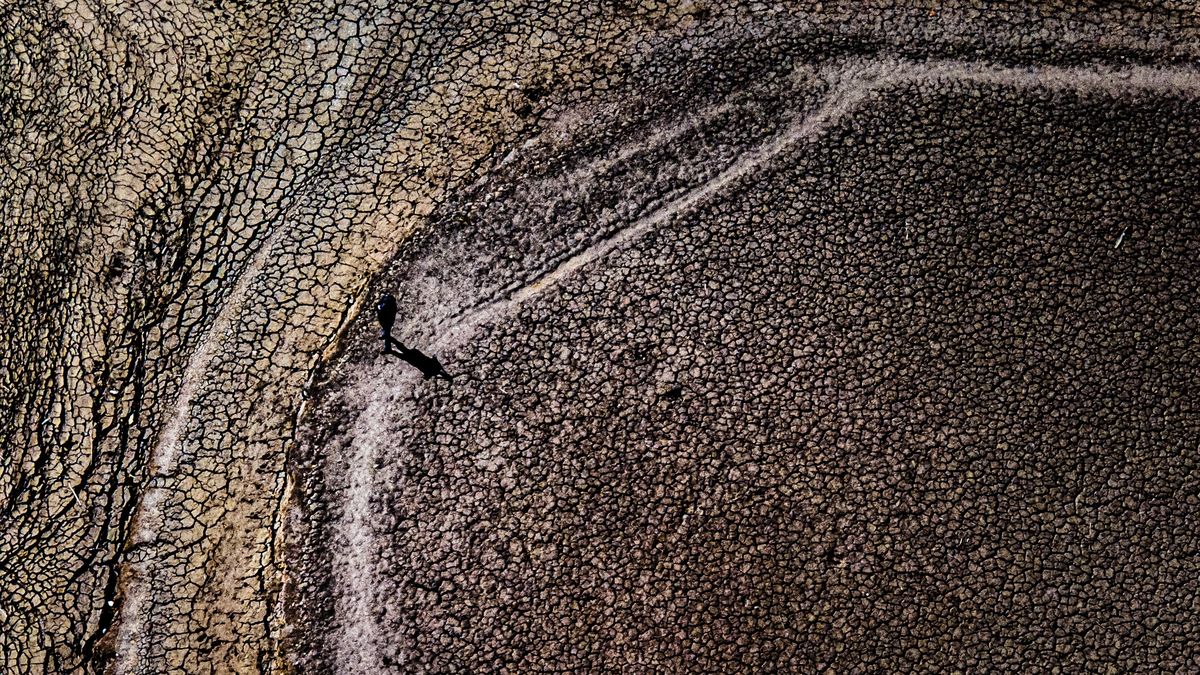Should adults learn to walk? The answer may surprise you – yes, it should. But it’s not embarrassing. After all, we have all walked in non-anatomical shoes since childhood. Now is the time to free your feet and introduce them to a healthy walk. Physiotherapist Lukáš Klimpera suggests proper and healthy walking.
Natural walking is the best exercise. However, you don’t have to walk hundreds of kilometers in a month, just take a short walk every day. “Walking is a natural movement that we have developed. However, it is important to walk naturally and healthily. It will straighten your posture, which will positively affect the whole body and mind, support immunity, and even put you in a better mood. That’s why it’s very beneficial if after a long day at the office you go for a walk,” explains physiotherapist Lukáš Klimpera.
Healthy walking opens the chest, so you breathe deeply and oxidize more organisms. Natural walking helps with back pain, boosts immunity and activates the pelvic floor, which many adults experience.
Why do we need to learn to walk healthily?
Instead of chasing results and counting steps every day, focus on the quality and watch your path. This should primarily make you happy, which you can’t achieve with a number of steps. But what is a really healthy way to walk?
Get used to it first
Pay attention to the shape of your feet and how your shoes look. Feet need plenty of room, but classic (even sports) shoes with narrow toes tie the toes together. At the same time, it is from them that the power of reflection comes. As soon as you can’t use it, you look for other ways to move. Thus a pathological and unhealthy gait emerges. “If a person walks in ordinary shoes all his life, he cannot step sensitively. He throws the lower limbs forward with the help of the hip girdle, hip joints and lumbar spine and hits them,” says Lukáš Klimpera.
Try walking barefoot or get shoes that have a wide, flexible foot in all directions and don’t tilt with the heel. However, don’t be tempted by the mere “barefoot” label, Lukáš Klimpera warns: “Barefoot shoes, i.e. shoes for walking barefoot in nature, are not just about thin soles. These shoes are made in such a way that the foot can function as freely as possible. and as natural as possible. This means that it should not restrict the legs in any way.”
Engage your fingers
The greatest strength of your feet lies in your toes. Do not you believe? Try it with simple exercises. Stand up, feet hip-width apart, and feel the ground contact. Slowly use your toes to pull yourself up on your toes, but don’t pull on your calves, it just helps. Realize how strong your fingers are when they lift your whole body. Think about engaging them actively while walking as well. Reflect and use to absorb impact.
“The rebound force originates from the sole of the foot from the toes and is then transferred throughout the body to propel forward while stabilizing the torso. Footsteps are soft, gentle and responsive, the foot can make a firm and stable contact with the ground, which forms the ideal base for the next full bounce of the fingers,” said Lukáš Klimpera.
Don’t be self aware
Your feet should consciously carry you. But what does that mean? Try standing again with your feet hip-width apart. Feel the contact with the ground and activate the legs against the weight of the body. Realize that you are not passively burdening them, they are actively carrying you. Try to maintain this feeling as you walk.
The famous Czech physiotherapist Clara Levitová also explains how to start by walking barefoot:
https://www.youtube.com/watch?v=U13R4Dr8gUY
Be careful walking barefoot
Walking barefoot is the most natural for the body. The problem is we’re used to it. Therefore, if you immediately change shoes barefoot or go to the city barefoot, you could injure yourself. After years of wearing shoes, you get used to landing sharply on the heel, which creates a massive body-damaging impact. Therefore, start slowly on a soft surface such as grass. Or get shoes that protect your feet from impact and you’ll stomp like moss. Like, for example, the Ahinsa Comfort shoe with a soft tread.
“Choose shoes that don’t restrict the foot in any way. Pay attention to the width of the toe and the entire shoe, pay attention to the weight, avoid hard, inflexible materials and strong soles. In such shoes, we cannot use our toes. and rise naturally,” suggested Lukáš Klimpera.
Leave the brisk walk for later
Healthy walking is all about the perception of your own body. And this is very difficult when walking fast, in a hurry. Therefore, don’t be tempted by a fast pace with a higher heart rate and take your time. Go for joy, slowly but consciously. Once you get used to your natural gait, then speed up.

“Certified bacon geek. Evil social media fanatic. Music practitioner. Communicator.”








